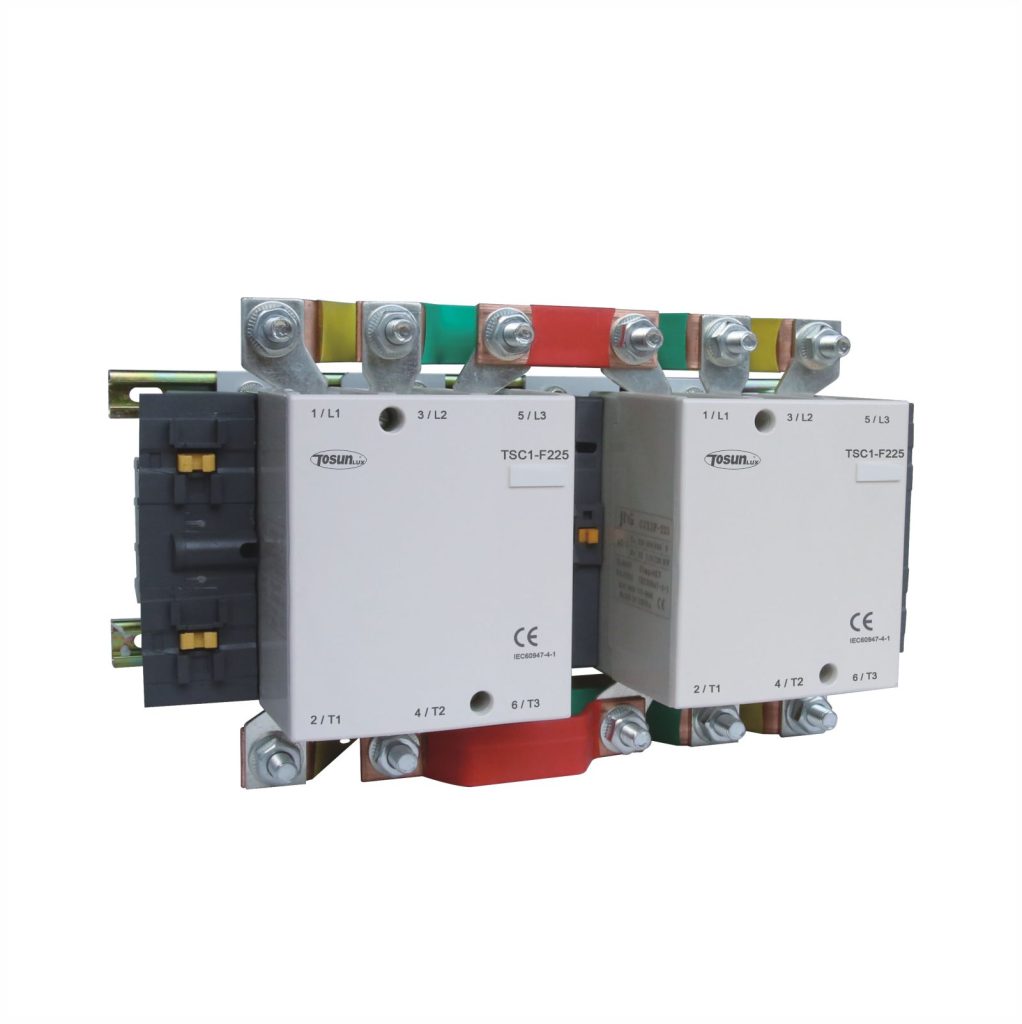Understanding thermal overload relays: Pros and Cons
Table of Contents
ToggleThanks to HVAC systems, we can enjoy a comfortable temperature in our homes and workplaces. But did you know that they also need to maintain a good temperature for them to function safely and efficiently? This
is what thermal overload relays are for.
A thermal overload relay is a device used to protect the system by switching the system off whenever overheating is detected. It acts as the “thermostat” of the “house” which is the electrical system since its role is to regulate the temperature of the circuit. It also protects the system against overload, single phasing, and voltage imbalance.
Working Principle of Thermal Overload Relays
Thermal overload relays operate based on the principle of thermal expansion. They use bi-metal strips that bend and open the contacts when an overload is detected. In short, thermal overload relays detect overheating caused by excessive current and then interrupt the circuit to prevent damage to the system or equipment.
Advantages of Thermal Overload Relays
- Higher accuracy
Thermal overload relays incorporate bimetallic technology and an electromechanical design, giving them higher accuracy.
- Cost-effectiveness
Thermal overload relays have a straightforward and simple design which contributes to their cost-effectiveness. They are also cheaper than circuit breakers.
- Ability to handle higher temperatures
Thermal overload relays are able to deal with higher temperatures due to their use of bimetallic strips.
- Adjustable safety settings
Thermal overload relays enable adjustment of the current range to match the specific operational needs and characteristics of motors.
- Ease of operation
It is relatively easy to operate thermal overload relays mainly due to their simple design and adjustable settings.
Disadvantages of Thermal Overload Relays
- Slow response time
Compared to electronic overload relays, thermal overload relays have slower response times due to their limited sensitivity to small overloads and rapid changes in load.
- Lack of precision due to environmental factors
Harsh environments and sensitivity to ambient temperature may contribute to lesser precision of overload thermal relays.
- Requires regular calibration
To ensure proper functioning and accuracy, some overload thermal relays may require regular calibration, adding to the maintenance requirements.
How to Choose the Best Thermal Overload Relay
Here are the main factors to consider in choosing the right thermal overload relay for your system:
- Current rating
The thermal overload relay’s current rating should match the equipment’s full-load current as seen on the nameplate.
- Restart type
Thermal overload relays have two restart types: manual and automatic. The manual reset type requires human intervention to reset, while the automatic reset type doesn’t.
- Adjustability
Look for a relay with customizable features to match the motor’s or equipment’s specific characteristics and requirements.
- Reliability
Not all thermal overload relays are created equal. Choose a brand with a reputation for high-quality products.
Thermal overload relays are an essential part of a system. To utilize them better, it is also important to be aware of both their strong and weak points.
In choosing a thermal overload relay, reliability should be a top consideration. Having a poorly functioning relay may cost the safety of your home or business.
The TOSUNlux TSR2-D Thermal Overload Relay is among the best overload relays available in the market. It can be used for circuits with a frequency of 50Hz or 60Hz, a rated insulation voltage of 660V, and a rated current of 0.1 A – 93 A. It is effective for protecting motors against phase break and overload.
Tel: +86-577-88671000
E-mail: ceo@tosun.com
Skype: tosunelectric
Wechat: +86-139 6881 9286
WhatsApp: +86-139 0587 7291
Address: Room No.1001 Wenzhou Fortune Center,Station Road, Wenzhou, China
REQUEST A QUOTE
WhatsApp us
 : +86-139 0587 7291
: +86-139 0587 7291 English
English Español
Español Русский
Русский Français
Français العربية
العربية Português do Brasil
Português do Brasil Українська
Українська Türkçe
Türkçe Polski
Polski Nederlands
Nederlands Italiano
Italiano Bahasa Indonesia
Bahasa Indonesia हिन्दी
हिन्दी اردو
اردو አማርኛ
አማርኛ Հայերեն
Հայերեն ไทย
ไทย Монгол
Монгол فارسی
فارسی Shqip
Shqip Ελληνικά
Ελληνικά



